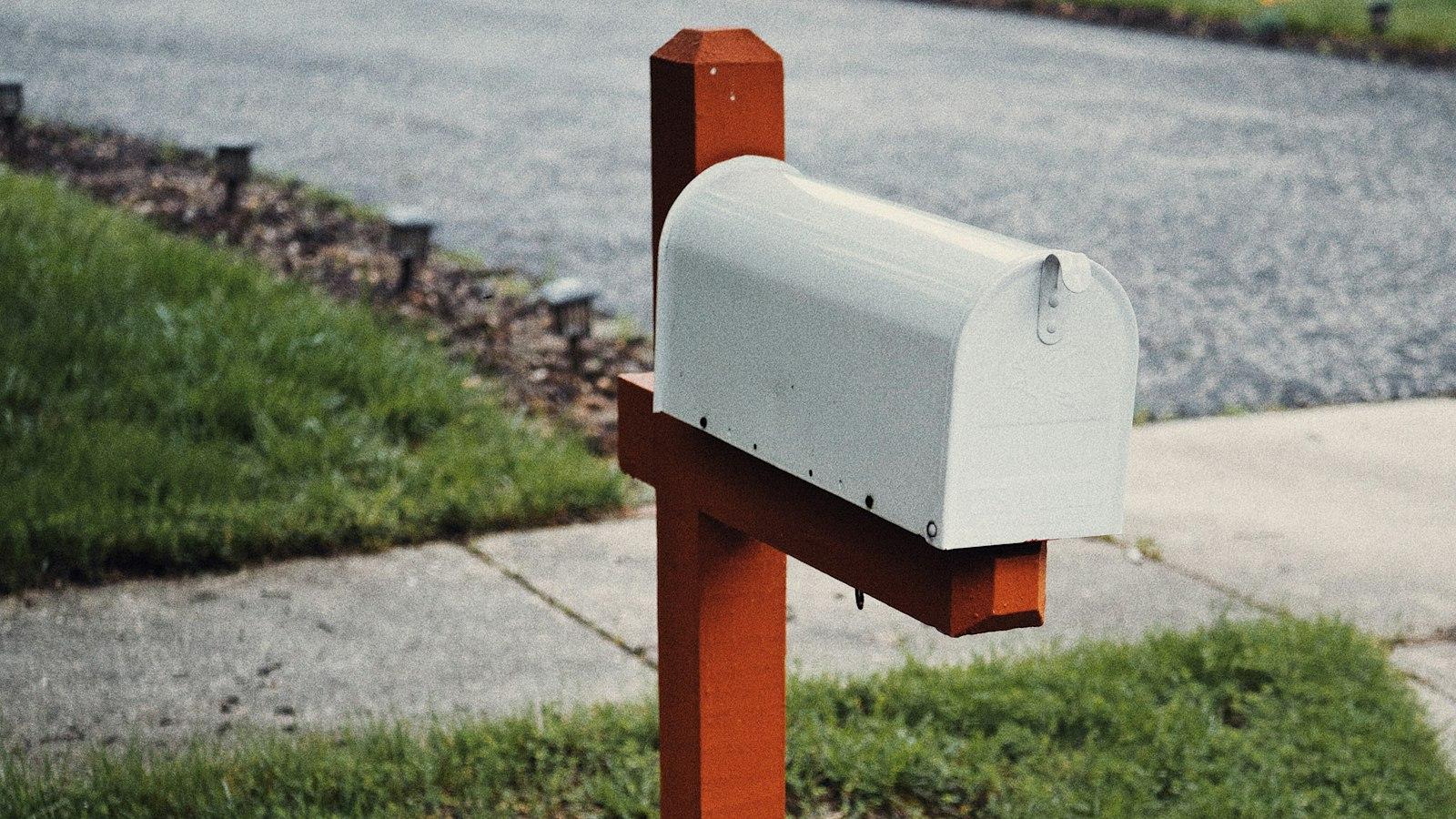Beneath the vast skyline, where steel marries silicon, autonomous vehicles gallantly navigate the bustling streets with the precision of a well-choreographed ballet. As the relentless march towards a driverless future gathers momentum, it becomes paramount to ensure the impenetrable fortress of safety surrounding these remarkable creations. With their robotic souls honed by algorithms and sensors, we are left to ponder: how can we guarantee the unyielding shield that protects these autonomous marvels? In this article, we shall unravel the intricate secrets and delve into the ever-evolving world of autonomous vehicle safety, to unveil the measures that promise to secure a future where the roads teem with the harmony of technology and security.
Ensuring Reliable Perception Systems for Autonomous Vehicles
As the demand for autonomous vehicles continues to grow, it is crucial to prioritize the safety of these cutting-edge vehicles. One of the key factors in ensuring safety is reliable perception systems. These systems allow autonomous vehicles to accurately detect and interpret the surrounding environment, making important decisions based on the data collected.
To guarantee the safety of autonomous vehicles, there are several essential considerations for reliable perception systems:
- Redundancy: Implementing redundant sensors and perception algorithms is essential to ensure reliable performance. By having multiple sensors and algorithms working in tandem, any failures or inaccuracies can be mitigated, significantly reducing the risk of accidents.
- Data fusion: Integrating data from multiple sensors enhances the accuracy and robustness of perception systems. By combining information from LiDAR, radar, cameras, and other sensors, a more comprehensive understanding of the surroundings can be achieved, enabling better decision-making capabilities.
- Environmental adaptability: Perception systems must be capable of handling various weather conditions, lighting situations, and road environments. Advanced algorithms that can adapt and recognize objects and obstacles in challenging scenarios, such as heavy rain or low light conditions, are critical for increasing safety.
- Deep learning: Utilizing deep learning techniques can enhance perception systems by enabling the vehicle to learn from vast amounts of labeled data. This allows the vehicle to recognize and classify objects accurately, ultimately improving its ability to navigate safely in complex environments.
By incorporating these considerations into the design and implementation of perception systems, the safety of autonomous vehicles can be significantly improved. As the technology continues to evolve, it is crucial to prioritize the development of reliable perception systems that can adapt to the dynamic and unpredictable nature of the road.

Addressing the Challenging Decision-Making Process in Autonomous Vehicles
The decision-making process in autonomous vehicles is a complex and challenging task that demands careful consideration and thorough evaluation. Ensuring the safety of these vehicles involves addressing various factors, including software development, hardware reliability, and regulatory frameworks.
One crucial aspect to guarantee the safety of autonomous vehicles is developing robust and intelligent algorithms that can process and interpret vast amounts of data in real-time. These algorithms must be designed to handle unpredictability on the road, such as sudden obstacles or changing weather conditions. Implementing artificial intelligence (AI) and machine learning techniques will be instrumental in training these algorithms to make informed decisions while minimizing risks to passengers and pedestrians.
In addition to the software aspect, hardware reliability is another critical factor in ensuring the safety of autonomous vehicles. Companies need to invest in top-quality sensors, cameras, and control systems that can accurately detect and interpret the environment surrounding the vehicle. Regular maintenance and quality control checks are essential to prevent malfunctioning hardware, as any failure in these components can have severe consequences on the road.
Furthermore, regulatory frameworks should be established to govern the safety standards and operations of autonomous vehicles. These regulations should encompass rigorous testing procedures, certification processes, and strict penalties for non-compliance. Collaboration between manufacturers, policymakers, and technology experts is essential in developing comprehensive frameworks that promote the safe deployment and operation of autonomous vehicles.
To summarize, guaranteeing the safety of autonomous vehicles requires a multi-faceted approach that addresses both software and hardware aspects, along with the establishment of robust regulatory frameworks. By investing in intelligent algorithms, reliable hardware, and stringent regulations, we can pave the way for a future where autonomous vehicles enhance road safety and mobility.

Implementing Robust Cybersecurity Measures for Autonomous Vehicles
Ensuring the safety of autonomous vehicles is of paramount importance as we navigate the future of transportation. As these vehicles become increasingly integrated into our daily lives, it is crucial to implement robust cybersecurity measures to protect against potential threats. By addressing vulnerabilities proactively and staying one step ahead of malicious actors, we can build a secure foundation for the widespread adoption of autonomous vehicles.
Implementing a multilayered approach to cybersecurity is key in safeguarding autonomous vehicles. This involves utilizing a combination of hardware and software solutions to create a comprehensive defense system. To start, vehicle manufacturers need to incorporate secure hardware components that are resistant to tampering and have built-in encryption capabilities. Additionally, robust authentication measures, such as biometric verification, should be implemented to ensure only authorized individuals can access the vehicle’s control systems.
- Regular software updates: to address any identified vulnerabilities and strengthen the vehicle’s security posture on an ongoing basis.
- Real-time monitoring: by employing advanced sensors and artificial intelligence, any anomalous behavior or suspicious activities can be quickly detected and mitigated.
- Data encryption and privacy: protecting the information collected and transmitted by autonomous vehicles is crucial to prevent unauthorized access and maintain passenger privacy.
- Secure communication protocols: implementing secure communication channels between vehicles, as well as with infrastructure systems, to prevent interception and manipulation of data.
By adopting these measures, stakeholders in the autonomous vehicle industry can instill confidence in the general public, regulators, and policymakers, leading to a safer and more secure future on the roads. As technology evolves and cybersecurity threats continue to emerge, a proactive and collaborative approach is fundamental to guaranteeing the safety of autonomous vehicles for generations to come.

Promoting Effective Communication between Autonomous and Human Drivers
As the integration of autonomous vehicles into our roadways becomes increasingly prevalent, ensuring their safety and has become a pressing concern. With the potential for a mixed environment of autonomous and human-operated vehicles, it is necessary to establish a framework that guarantees the safety of autonomous vehicles without compromising the interaction and communication with their human counterparts.
1. Advanced Sensor Technologies:
- Implementing cutting-edge sensor technologies, such as LiDAR, radar, and cameras, can significantly enhance the ability of autonomous vehicles to detect and respond to their surroundings. These sensory inputs allow them to accurately perceive objects, traffic signals, and potential hazards, enabling a safer interaction with human drivers.
- Regular calibration and maintenance of these sensors are crucial to ensure their optimal functionality. Additionally, constant monitoring of their data output can help identify any potential malfunctions or inaccuracies, preventing accidents and improving the overall safety of autonomous vehicles.
2. Standardized Communication Protocols:
- Establishing standardized communication protocols between autonomous and human-operated vehicles can bridge the gap in understanding the intentions and actions of each entity. This can be achieved through the implementation of universal communication signals or visual cues, facilitating the interpretation of autonomous behavior by human drivers.
- Furthermore, real-time information sharing through V2V (vehicle-to-vehicle) communication systems can enhance the overall situational awareness on the road. By exchanging data on speed, trajectory, and possible obstacles, autonomous and human drivers can collaboratively navigate the roadways, ensuring smoother traffic flow and reducing the likelihood of accidents.
As we bid farewell to the exciting journey of unraveling the secrets behind ensuring the safety of autonomous vehicles, let us reflect on the magnitude of this ground-breaking phenomenon. With the incessant hum of innovation propelling us to new frontiers, the onus is on us, the architects of this future, to strive for nothing short of perfection.
As the sun sets on this exploration, we have transcended mere speculation and delved into the depths of knowledge. The intricate web of safeguards that envelop these autonomous marvels demands meticulous attention, urging us to unleash our ingenuity and determination.
By forging ahead, united in our pursuit, we have discovered the multi-faceted nature of creating a foolproof safety net. Our road to secure autonomy has led us to embrace cutting-edge technologies, fortified by advanced artificial intelligence and machine learning. Only through the symphony of these modern-day wonders can we orchestrate harmony between man and machine.
Yet, the canvas of safety is not merely painted with clever algorithms and intelligent sensors. It is a tapestry interwoven with regulatory frameworks, collaboration, and learning from tragedy. Our journey has exposed the vital importance of comprehensive legislation that walks hand in hand with technological innovation, ensuring a harmonious coexistence between progress and caution.
Like a flourishing garden, the ecosystem surrounding autonomous vehicles is blessed with a diversity of stakeholders who share common aspirations. From automakers and regulatory bodies to researchers and consumers, each thread weaves together to create a safety tapestry unrivaled in its complexity. Only through fostering open dialogue, collective intelligence, and an unwavering dedication to continuous improvement can we foster an environment that paves the way for the safe mobility dream.
And so, as we culminate this voyage of knowledge, let us carry the torch of autonomous vehicle safety as a guiding light. Let us nourish the seeds of innovation, cultivating a future where accidents are mere tales of the past. Together, united by our collective drive to guarantee the safety of these autonomous marvels, we shall redefine the notion of mobility. By wielding technology responsibly and embracing the spirit of collaboration and ongoing improvement, we tread confidently towards a safer tomorrow on the roads less traveled.


